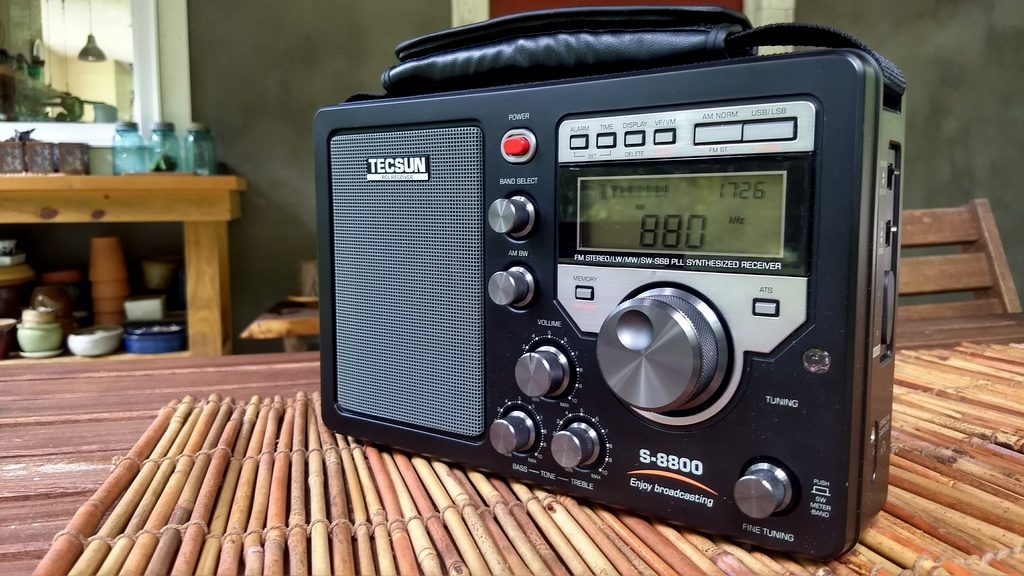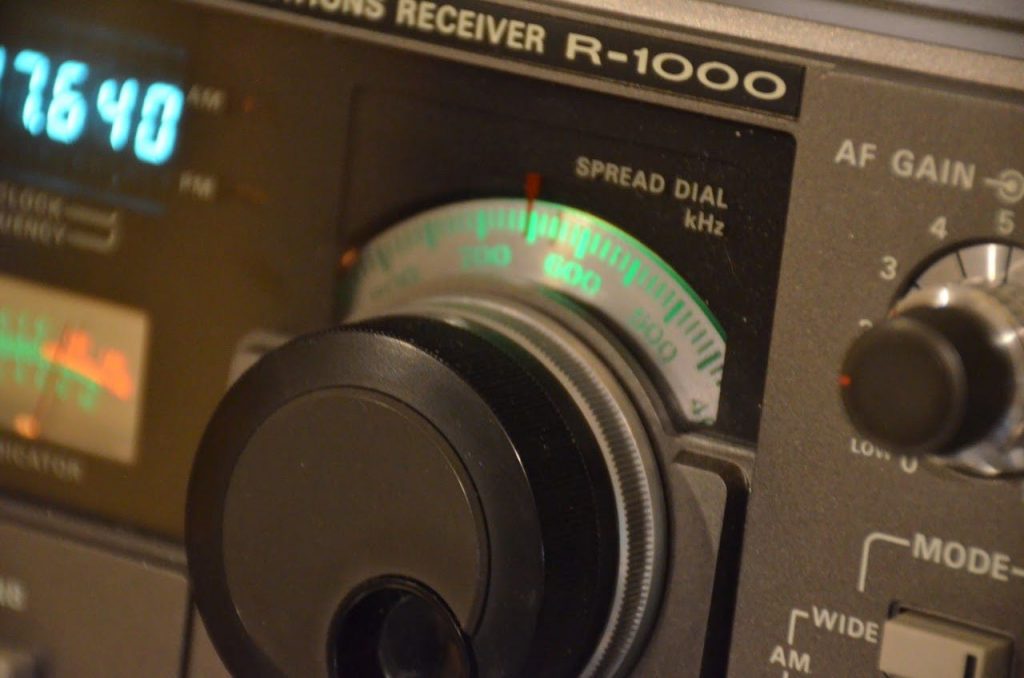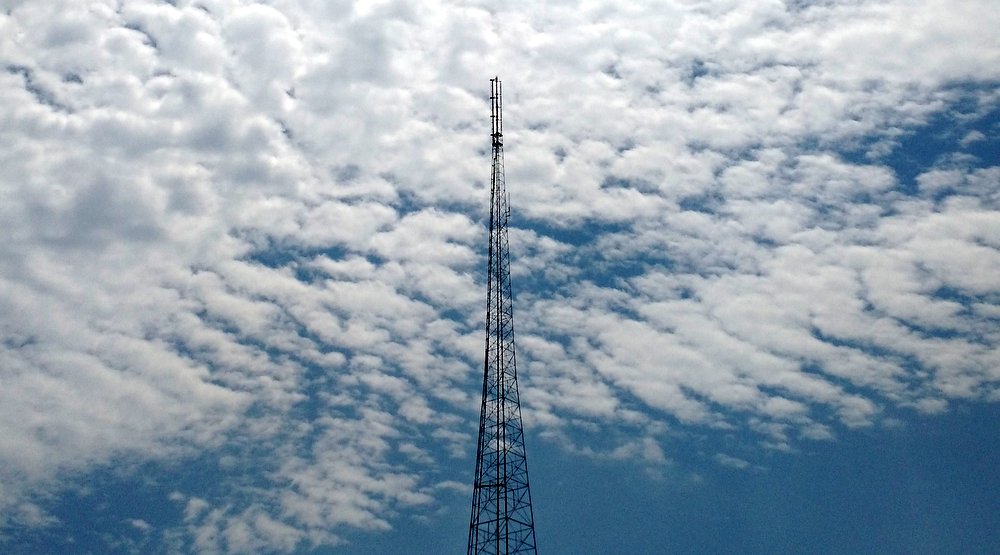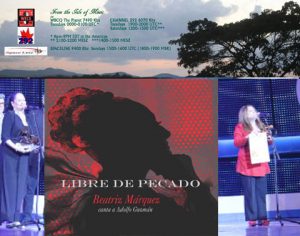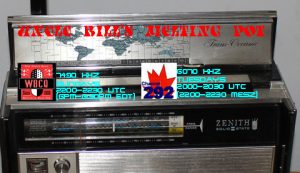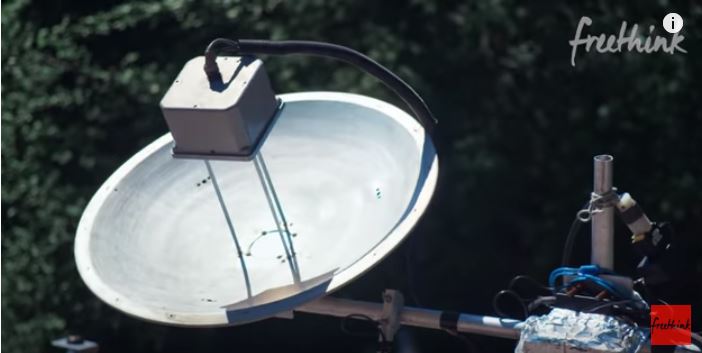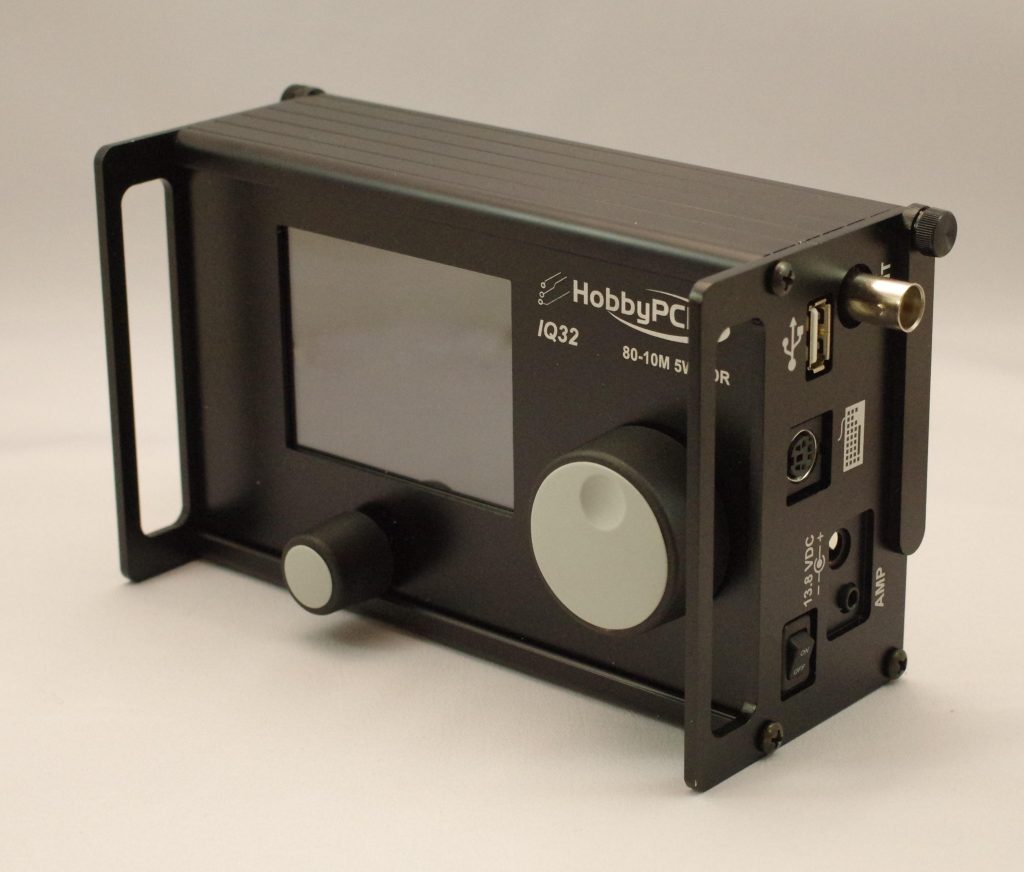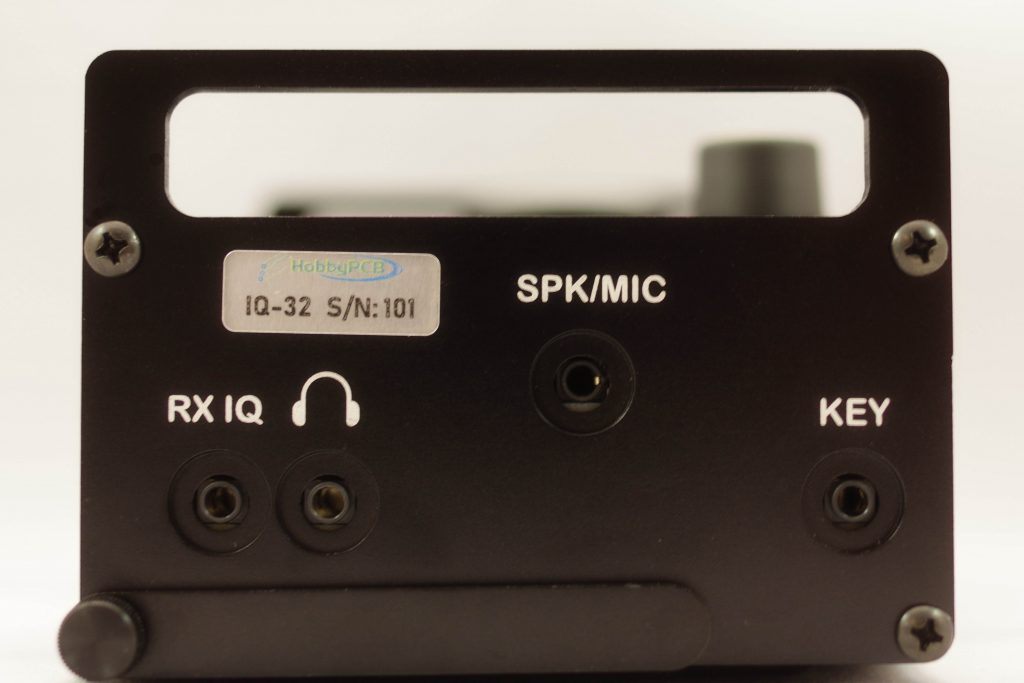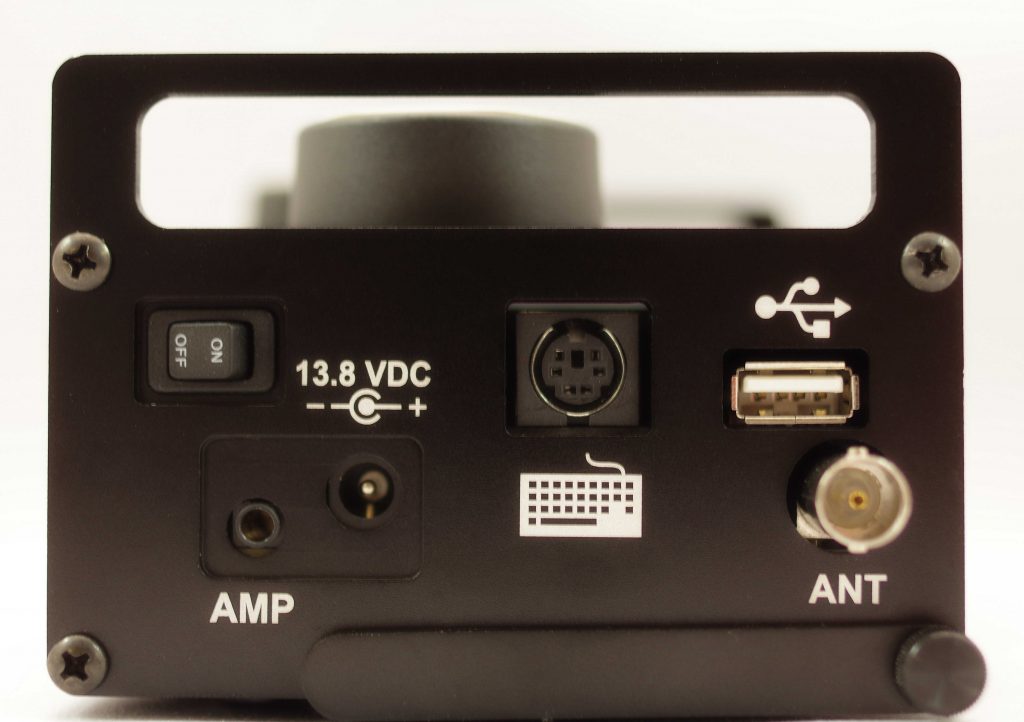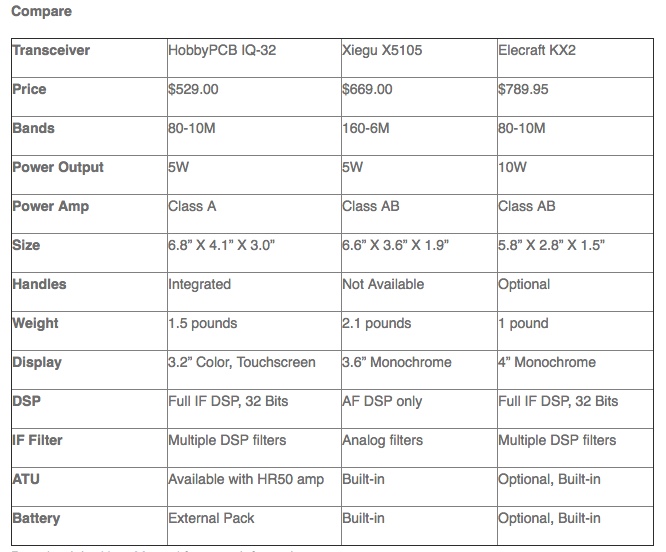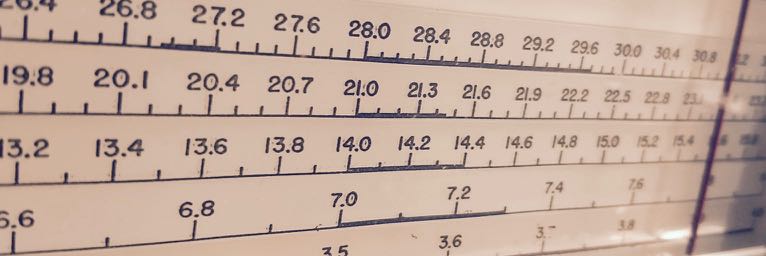(Source: RadioWorld via Bill Patalon)
On AM revitalization, Peter Tannenwald asks, Are we really “revitalizing” AM, or are we walking around in circles?
Late on Friday, October 5, the Federal Communications Commission (“FCC”) released a Second Further Notice of Proposed Rulemaking in a five-year ongoing effort to “revitalize” the AM radio broadcast service. The new proposals continue a trend toward allowing higher power operation by smaller stations, by reducing nighttime signal protection for some 60 Class A AM stations located in the continental United States and 16 stations in Alaska. The end result would be less wide area coverage and more local radio service to the public.
To understand why the FCC is considering this action, it helps to understand a bit of the science behind AM signal propagation. AM radio signals travel through both the ground and through the air. At night, the airborne signal component (“skywave”) is reflected back to the earth from the ionosphere — a layer of the atmosphere extending from about 50 to 600 miles above the earth’s surface. The reflected signals may come back down to earth hundreds, if not thousands, of miles away from a station’s transmitter. Class A AM stations — formerly known as “clear channel” stations (no relation to Clear Channel/now iHeartMedia) — are powerhouses, transmitting with 50 kilowatts of power 24 hours a day – 200 or more times the power of the smallest AM stations.
[…]Signal reflection doesn’t work so well during the day, so the FCC has allowed other stations to occupy the Class A frequencies in other markets. But those stations have to curtail power during “critical hours” (two hours before sunrise and after sunset) and often have to reduce power to nearly nothing or shut down altogether at night. In today’s 24-hour-a-day, nonstop world, not being able to reach an audience at night is a losing proposition; so the FCC has yielded to constant pressure over the years to allow more power and longer hours of operation by those “other” stations, at the expense of long distance reception of Class A signals.
Now the FCC is proposing to go further, rolling back some previous restrictions on non-Class A AM stations and perhaps eliminating whatever remains (and it’s not much) of the protection of far-away reception. Under the proposals, which are sufficiently complicated that you should talk to your engineer if you really want to understand the details, Class A AM stations would be protected only within a higher strength signal contour (and so within a smaller area) than they are now; at least some, if not all, skywave protection would be eliminated.[…]

